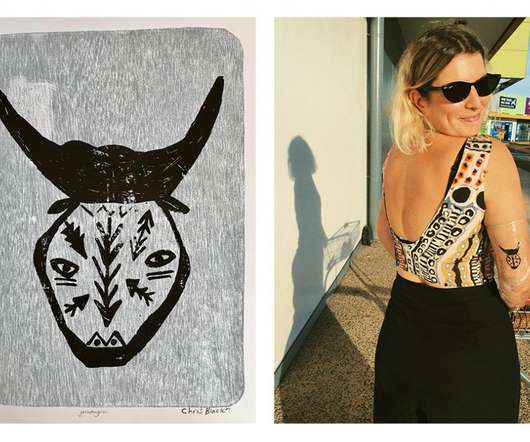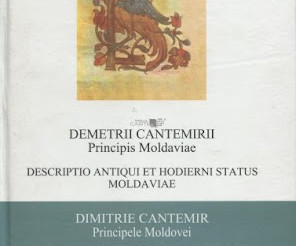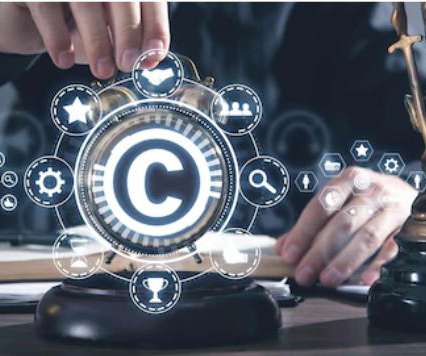Fleshing out the copyright in a tattoo
IP Whiteboard
AUGUST 30, 2020
In what we understand to be an industry-first, the Copyright Agency (an Australian not-for-profit collecting society that also licences copyright protected literary and artistic works) has licenced an Indigenous artwork for a tattoo. Does copyright exist in tattoos? What about moral rights?












Let's personalize your content